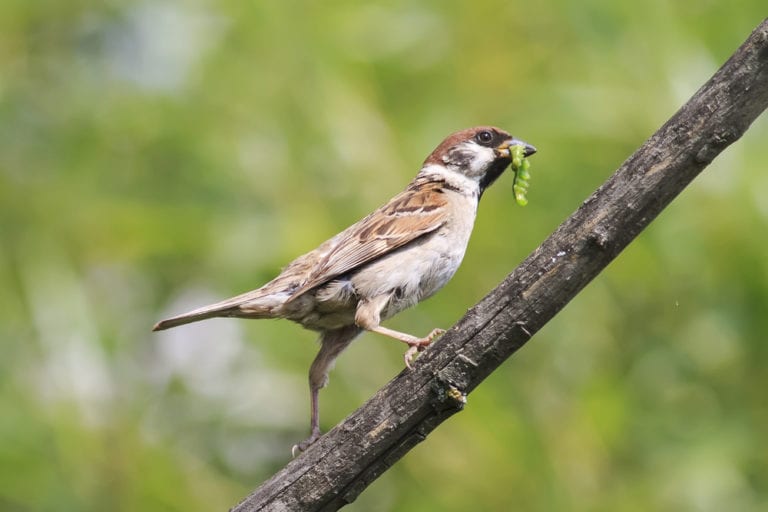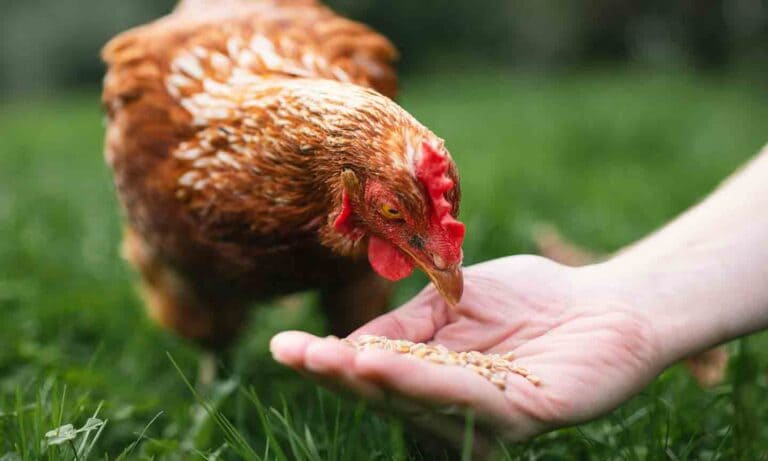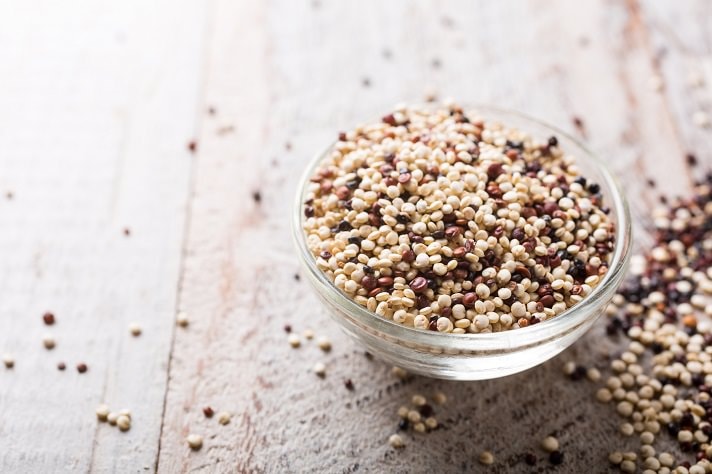Q.
I recently brought home three budgies. I give them millet because I’ve heard that it is very nutritious and they love it. But I’ve also heard that it should be given sparingly; only as a treat. How much millet is too much?
A.
It is very rewarding to offer millet to our small pet birds and parrots because they love it! It’s a good treat for your birds because it offers a foraging opportunity; they have to harvest their own seed from the millet’s grain heads.
A little millet is fine in a small bird’s diet, but it should not be the main part of the diet. It is missing some amino acids and essential nutrients. In charts on the nutrient values of different seeds, millet has absolutely no vitamin A, an essential vitamin for birds. That’s where a varied diet becomes important for your bird. I would love to think that most small birds are on a formulated diet that contains all the nutrients they need in every bite.
If a formulated diet is offered at all times and the bird readily eats it, then other foods can be offered as snacks. A teaspoon of seed per day is a good-size snack for a budgie. That’s not much. To keep portions under control, snip your millet spray into small pieces, and offer a piece at a time to your small bird instead of one large millet.
When Millet Is Good For Parrots
Millet is often offered to pet bird chicks when they are weaning, and it is relished by them. Millet offers a good amount of protein for a grain, which is useful to growing chicks, as they need lots of calories to finish developing and learn how fly.
Another time that you might offer millet freely is when a bird is ill and doesn’t want to eat its regular diet. It’s better for a sick bird to eat something rather than nothing at all.
Millet Defined
Millet is low in fat and high in carbohydrates. For birds, it is similar to whole grain or bread in a person’s diet. To use a trite phrase, people cannot live by bread alone. Birds cannot live by millet alone, but it can be part of a healthy diet.
There are 6,000 varieties of millet, so there are many choices in the type of millet you can feed your bird. What we call spray millet is foxtail or finger millet left on the stalk and offered to birds as a treat. Proso millet, or “white millet,” (Panicum miliaceum L.) is often found in seed mixes. Some varieties of proso millet vary in color, usually from white to yellow to red. Some birds have color preferences, so if your bird does not eat one variety of millet, try another.
History of Millet
Pearl millet (Pennisetum glaucum) comes from Tropical West Africa. Millet arrived in Europe in the Christian era. It became widely distributed in African countries and East India. There are other types of millet that are common throughout Eastern Asia.
The oldest millet was grown as part of the sacred crops in China in 4,500 BC. They grew in 5- to 15-foot tall, corn-like stalks. Directions for growing and storing millet were written down by Fan Shen Chih Shu in about 2,800 BC, one of the earliest recorded writings. The explorer Marco Polo wrote that millet was plentiful and was prepared as a gruel cooked in milk.
In Northern African and the Middle East, millet became a staple food. Through trade, the early Egyptians learned from Africans how to cultivate millet, which grew well in the Sahara where wheat and barley did not thrive. In Europe, millet was eaten as a porridge.
Millet Meals!
Cook some warm millet that you and your bird can both enjoy by following these directions:
Wash 1 cup raw millet (usually pearl millet found in a health food store). Put it in pan with 31/2 cups water. Bring to a boil and cook for 10 minutes. Some varieties of millet may need to cook longer. It is best when eaten while warm.
Alternately, bake the millet. Preheat your oven to 350-degrees Fahrenheit. Put 1 cup raw millet and 3 1/2 cups water in a covered casserole dish and bake for 45 minutes.
Millet Facts
- Millet is an annual grass.
- Millet is found mainly in the arid and semiarid regions of the world.
- There are 6,000 varieties of millet.
- Millet types vary in color: from pale yellow, to gray, white and red.
- Millet is a staple grain for human consumption in Africa, Asia, China and Russia Federation.
- Millet is a fast-growing grain, which can be harvested in 45 to 65 days.
- Millet stores well.
- Finger millet can be kept as long as five years.
- Millet’s protein content is close to that of wheat: 11 grams in 1/2 cup raw millet.
By: Diane Grindol
Featured Image: Ian Fox/Shutterstock.com
Share:









